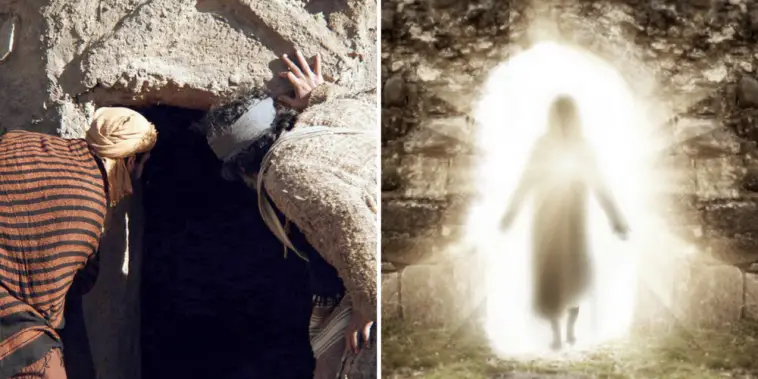The cornerstone of Christianity is that Jesus died and rose again.
The resting place for this is presumed to be Jerusalem’s Church of the Holy Sepulchre.
Now, for the first time, scientists have confirmed this to be true.
Researchers sampled mortar taken from between the original limestone surface of the burial bed.

They believe the marble dates to around 345 AD, which ties in to historical accounts of the first Christian Roman emperor, Constantine.
The discovery was made by researchers from the National Technical University of Athens who worked to restore the Edicule shrine.
The Edicule Shrine has the layout of a tomb from the time of Jesus.

Experts took samples of mortar from various locations within the Edicule back in 2016 with the results only now becoming public.
The earliest architectural evidence found in and around the tomb complex until now dates to the era of the Crusades.

But the Athens’ teams dating suggests that the Edicule is a much older structure.
Speaking to National Geographic, Antonia Moropoulou, who directed the Edicule restoration project, said: ‘It is interesting how [these] mortars not only provide evidence for the earliest shrine on the site, but also confirm the historical construction sequence of the Edicule.’





Comments
Loading…